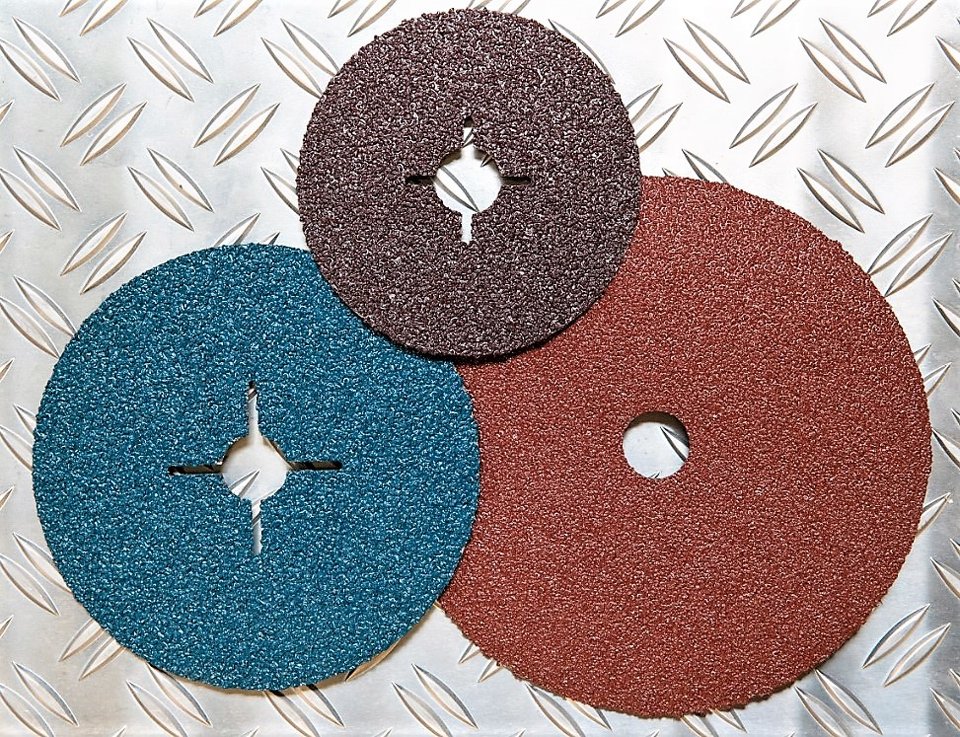MultiCutter Fiber 1700
The ZennaLaser MultiCutter Fiber is a laser cutting system specifically designed for cutting high volumes of fiber discs, ranging from coarse P24 to fine P200 grits. The production line is configured to convert fiber materials into discs with diameters ranging from 100 mm to 235 mm, featuring a centre hole of or star hole with 6 cuts of 16 mm or 22 mm.
The MultiCutter Fiber is the only production line that can cut 'disc-to-disc'. There is no trim in between the fiber discs, improving the material yield significantly up to 10%, lowering waste volume and disposal cost.
The MultiCutter Fiber can be equipped with two, three or even four high power lasers of 2.5 kWatt for output > 300 discs/minute. There is a special Fiber Flexer to separate the fiber discs from the center holes and waste between the discs.
Additionally, there is a robot stacking module with Delta robots, Vision cameras, and conveyors to stack the discs on pins or in boxes. This makes the MultiCutter Fiber a highly automated production line.
